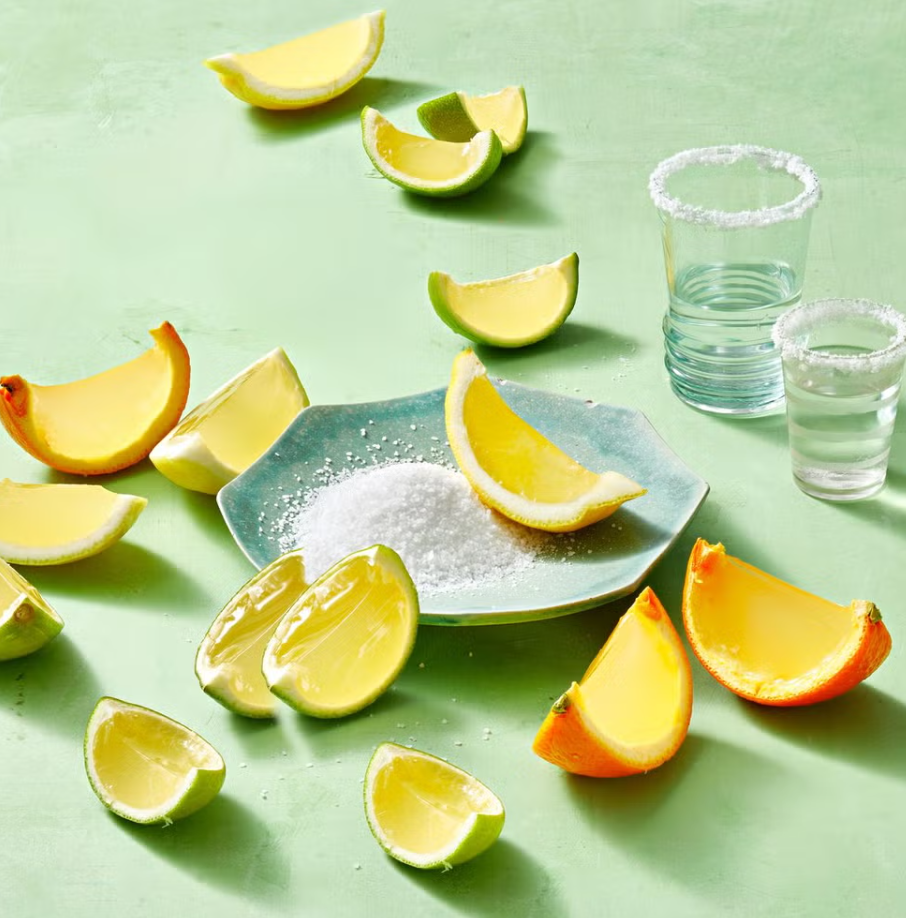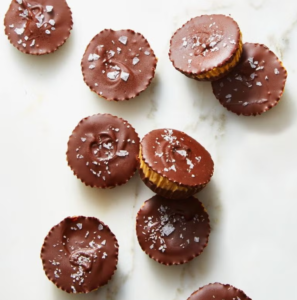The difference between a meh dish and a great one can be contingent on how much salt is used. Dinner recipes without any salt? Bland. Brownies with a sprinkle of flaky sea salt? Next-level. There are so many types of salt out there, it can be difficult to navigate which ones to use when. Don’t worry! We’ve got you covered.
Before we dive into the differences, let’s cover the commonalities. Salt is found naturally and either harvested from salt mines or via evaporating ocean water. At its most basic, salt is an ionic compound, sodium chloride (NaCl). But it has a wide range of uses from medicine (i.e. saline wash) to construction and de-icing roads to cooking and preserving foods. (In case you’re wondering: No, we don’t use the same salts for all of these functions. The FDA has some regulations to define what salts are considered edible.)
Two popular types of food-grade salt are kosher salt and sea salt. Does it matter what kind of salt you use? The answer is a resounding yes. “Absolutely! The type of salt you choose can affect both the flavor and texture of your dish, depending on what you’re making,” says chief food director Kate Merker.
What is kosher salt?

This classic cooking salt is beloved by chefs. Its coarser crystals are easier to pick up (and pinch) with your fingers. “Kosher salt is our all-around Test Kitchen workhorse. We use it for just about everything — seasoning meat and seafood before cooking, tossing with vegetables before roasting, salting pasta water, lining rims of margarita glasses and so much more,” says Merker.
“That said, not all kosher salt is the same. The size of the grains can be different — either coarser or finer — which in turn can produce different levels of saltiness,” says Merker. You will find some boxes labeled with “fine” or “coarse” kosher salt, but also note that the size of these salt crystals even varies from brand to brand. Some recipe developers will note their go-to kosher salt and the amount of salt you add to your recipes may depend on the brand you’re working with. Our advice? “The best thing to do is taste [as you’re cooking]. Whenever seasoning, start with a little and then increase. You can always add a pinch more, but you cannot take it away,” says Merker.











